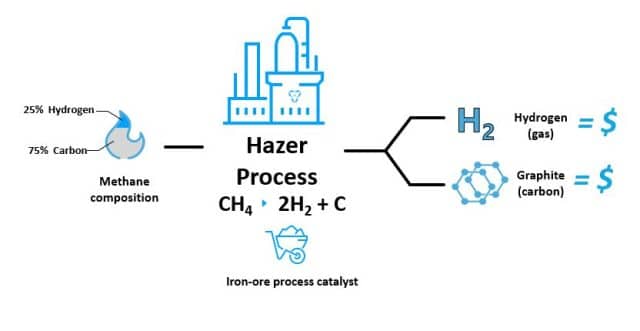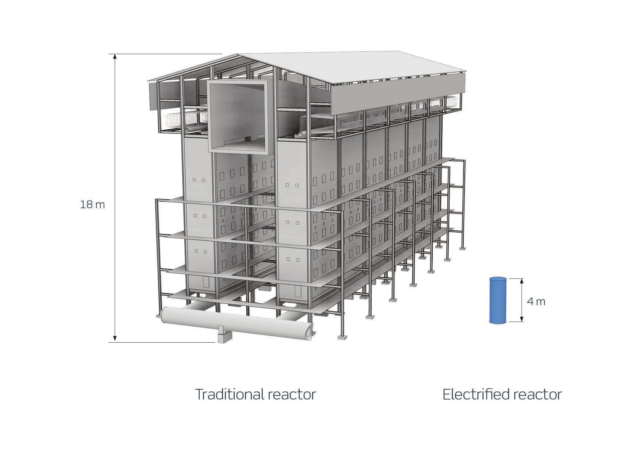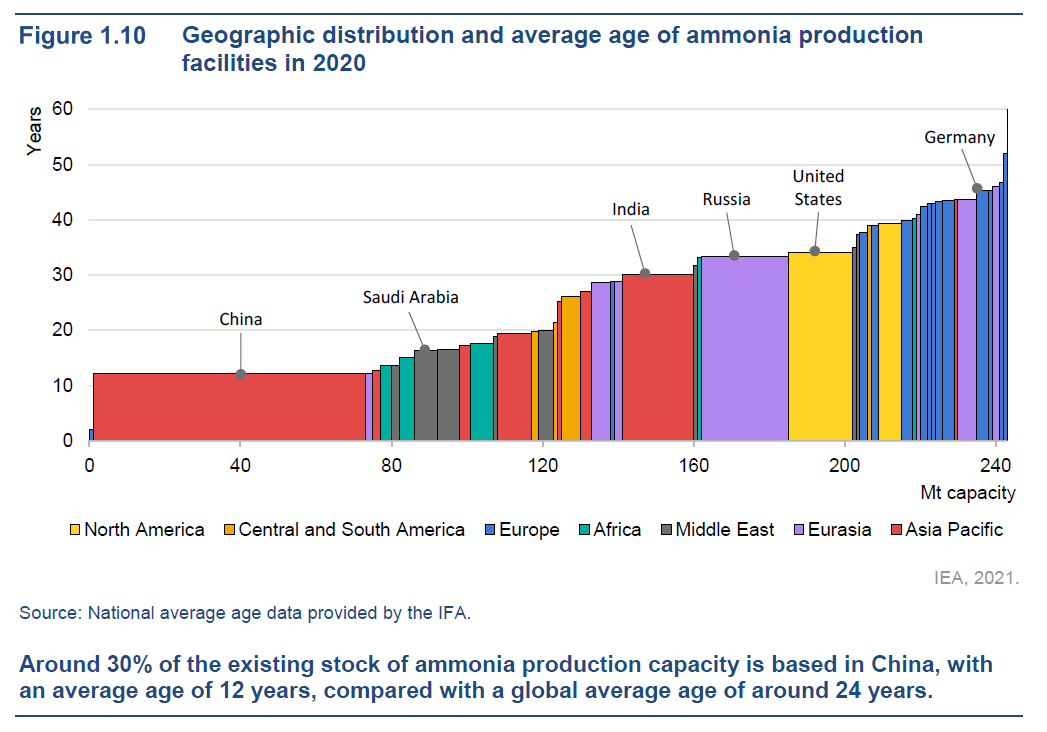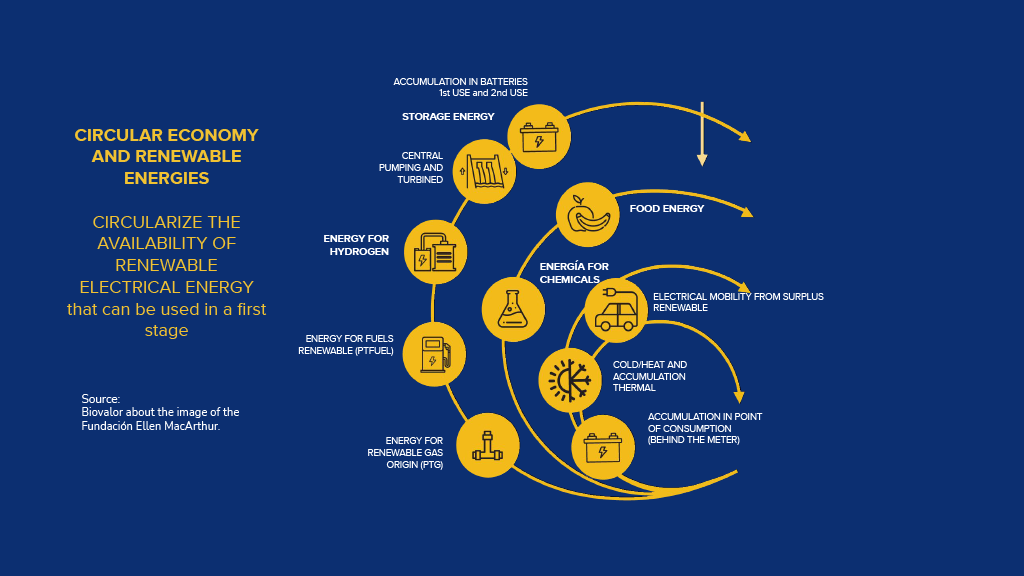Methane Pyrolysis
Addressing Green Ammonia Cost and Blue Ammonia CO2 Sequestration Challenges with Methane Pyrolysis
Hazer & KBR: commercial deployment of biomethane-based hydrogen production technology
The new strategic agreement between the two parties will see KBR act as exclusive licensing and marketing partner of Hazer Group’s proprietary methane pyrolysis technology, which can produce low-carbon hydrogen and high quality graphite from biomethane.
Technology options for low-emission ammonia production from gas
In this Technology Insights article, we explore the different technology options for low-emission ammonia production from gas feedstock. What are the different energy, carbon capture, scale and maturity trade-offs that need to be considered? What technology choices are project developers currently making?
Economic analysis for hydrogen - ammonia decarbonization of a natural gas plant - a phased approach
More funding for ammonia energy: ReMo & Monolith
ReMo Energy has just closed a successful $5 million seed funding round to develop renewable ammonia production solutions for the US Midwest. Monolith Materials announced a successful funding round of $300 million (investors include BlackRock and Temasek) to further develop its methane pyrolysis technology, expand existing facilities and clear a “deep backlog” of to-be-developed hydrogen & ammonia projects.
Monolith Materials: new deal with Goodyear, $1 billion loan from DoE
Monolith and Goodyear Tire & Rubber (the only US-headquartered tire manufacturer) will cooperate on the potential use of carbon black byproduct from its Olive Creek ammonia plant in Hallam, Nebraska. In relevant news, a $1.04 billion, Title XVII loan from the US Department of Energy has secured Monolith's expansion plans for Olive Creek, which will see it become the largest producer of carbon black in the US by 2025.
IEA publishes Ammonia Technology Roadmap
Last week, the International Energy Agency (IEA) published the Ammonia Technology Roadmap, in which the pathway to nitrogen fertilizer production up to 2050 was highlighted. Various scenarios were introduced, ranging from a baseline scenario to a sustainable development scenario (SDS) and a net zero emissions (NZE) by 2050 scenario. Demand, decarbonization costs and technology pathways were all explored in detail.
Ammonia Energy Live April: low-carbon innovation at Hazer Group
This April we presented a new episode in our monthly webinar series: Ammonia Energy Live. Every month we’ll explore the wonderful world of ammonia energy and the role it will play in global decarbonisation - with an Australian twist. For this episode we welcomed Geoff Ward, CEO of the Hazer Group. Hazer has been steadily developing their novel methane pyrolysis technique in Western Australia with a new low-carbon hydrogen production facility to begin construction later this year. Geoff joined us to reflect on Hazer’s journey so far, familiarise our audience with their processes and give his thoughts on what needs to be put in place for similar decarbonisation projects to succeed. And - of course - we asked Geoff where ammonia fits into Hazer’s future plans! Geoff was interviewed by Andrew Dickson (Development Manager of the Asian Renewable Energy Hub at CWP Global), and Darren Jarvis (Vice President of Strategic Project Development at Incitec Pivot).
The Ammonia Wrap: new funding and investment for ammonia energy rolls in, next steps for Uruguay, and Sumitomo to develop a hydrogen "ecosystem" in regional Australia
Welcome to the Ammonia Wrap: a summary of all the latest announcements, news items and publications about ammonia energy. This week: new funding and investment for ammonia energy (Starfire Energy, GenCell, Syzygy Plasmonics and Hazer Group), marine engines from the "Ammoniamot" consortium, Uruguay's national hydrogen strategy takes another step, Onahama Port to investigate hydrogen & ammonia imports and Sumitomo to develop Gladstone's hydrogen "ecosystem".









